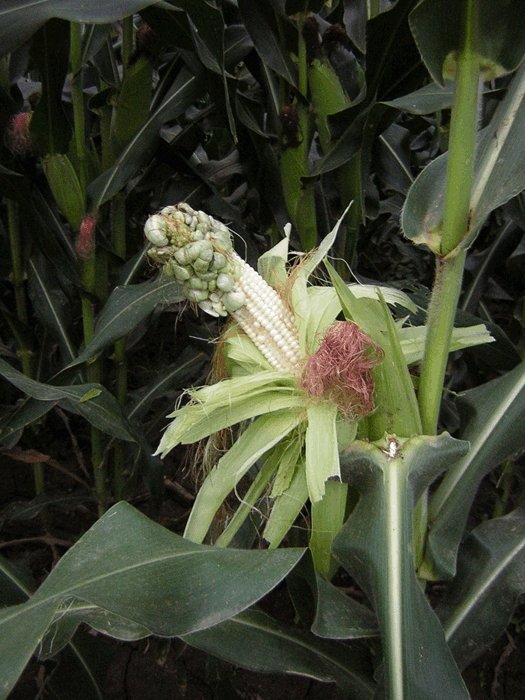Originally published on Spoonfed, November 2009.
Gardening is one of the great barometers of civilisation. It was in the garden, not the field nor the forest, that Adam and Eve first entered the world. When his wife was sick, Nebuchadnezzar commissioned not some massive statue, house or portrait, but The Hanging Gardens of Babylon. Marvell found solace from The Civil War in The Garden; Capability Brown shaped the attitudes of a nation with his gardens; and today Kew Gardens is one of London’s most popular attractions, receiving millions of visitors every year.
At one end of the scale, we have big business garden centres – massive plant supermarkets raking in the profits – but, at the other, recent years have seen the rise of a more political kind of gardening: guerrilla gardeners seek to highlight the misuse of land, whilst at the recent G20 protests, people in the Climate Camp sector aired their grievances by rolling out turf and sitting on it.
It is in this context that Raul Ortega Ayala’s exhibition, An Ethnography of Gardening, arrives at Rokeby, and what a fascinating show it is. The Mexican artist has spent two years in London working as a gardener in order to immerse himself in the techniques, attitudes and culture of the discipline. The resulting works display a combination of documentation and creation: there’s photographic Field Notes, detailed botanical drawings, plates from a botanical book cut out and dispersed, and a series of very different self-reflexive projects that explore their own processes.
These different works impact on two levels. Firstly, there’s a striking aesthetic element. The Exegesis Florilegium series consists of exquisitely detailed exotic-looking botanical prints, painstakingly cut out and presented in darkly elegant frames. Some of these have been painted over – the splodges and drips a stark contrast to the precision beneath. In one corner of the gallery is a particularly striking work. The left-hand wall shows 36 framed book pages, with the images of plants carefully cut out to leave black spaces that recall the silhouette portraits of 18th/19th Century artist John Miers (incidentally, there was, at the same time, a famous botanist by the same name). Butting up against these on the right-hand wall are the cut-out colour images re-arranged on a black background. This is a lovely work. Joyous and vibrant, it celebrates not only the painstaking work of Ortega Ayala, but also of those botanists who have come before him.
The second level is more conceptual. On the mezzanine is a series of photographs, drawings, notes and prints that document an amusing project that entailed designing an imaginary flower, producing it in plastic and selling it amongst other ‘real’ plastic flowers. A comment on the gullibility of the consumer perhaps? Or simply an extension of the breeder’s ability to control the evolution of a particular plant genus? If Edward Lear had been a conceptual artist, this is what his Nonsense Botany might have been like.
In the Basement is probably the exhibition’s crowning glory, at least in the sense that it epitomises much of what the whole show is about. On one wall is a photograph of a tree. Facing it on the other is a charcoal drawing of that same tree. In between, two waist-high glass-topped display cases contain the photographic documentation of the process that led from the one tree to the other. Utilising a series of labour-intensive processes and techniques, Ortega Ayala treated the timber to make the picture frame and display tables, pressed and cut the paper and produced the charcoal with which the tree is drawn.
This is a show that makes you think about technique and process, and the cyclical nature of everything that relates to the natural world. Art – like knowledge and civilisation – is a process of appropriation and arrangement. Where better than the garden for this to occur?
